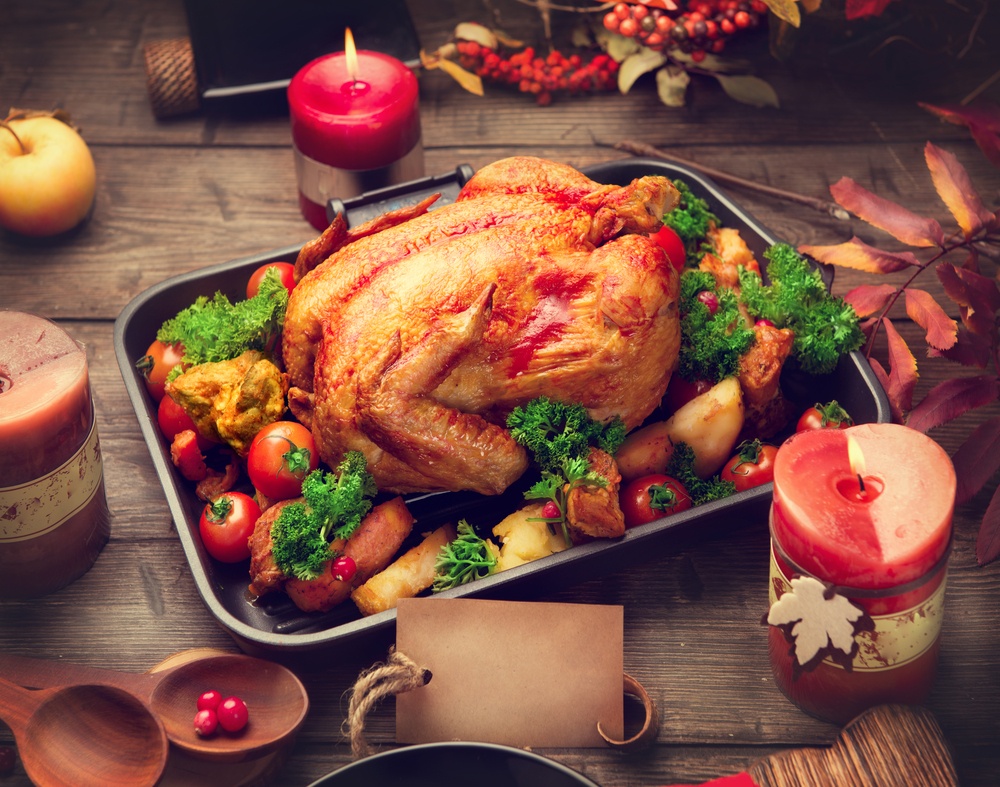The holidays are filled with fun and food. Get togethers revolve giant meals involving, homemade sauces, stuffing, turkey, ham, and any other family favorite. Sodium can sneak into your meals more than you know. Here’s a guide on how to reduce your sodium during the holidays.
How to Reduce Your Sodium During the Holidays
1. Make Your Own Sauces and/or Dips
Cranberry sauce, salsa, artichoke dips and any other dip you may include in your meal could be quite high in sodium if it’s store bought.
Sodium is used as a preservative, so most canned foods will have a good amount of it. Making sauces and dips fresh at home lets you control what goes in it.
It will also most likely taste better since it’s from scratch and with fresher ingredients.
2. Let the Ham Sit in Water
Limiting the amount of sodium in ham is a great way of how to reduce your sodium during the holidays.
Ham can be extremely high in salt and can be especially harmful to those on a strict low-sodium diet.
A little-known secret to reduce the sodium is by letting the ham soak overnight in cold water. The water will draw the sodium out and with more frequent water changes, the more salt that will be extracted.
3. Participate in the Work Pot Luck
Work parties are a blast and there are always so many dishes to try. However, if you’re trying to stay away from salty chips and dips, try bringing your own!
Contributing a healthy dish you know and like can help you to enjoy the party without harming your heart.
4. Spice it Up
When you’re cooking a holiday meal, it may seem hard to make certain dishes healthier. However, if you want to know how to reduce your sodium during the holidays, it’s all about the substitutions.
Salt does bring flavor to a meal, but substituting it for spices and herbs can add a whole different element to your favorite dishes.
Spices like rosemary, thyme, and coriander can help to liven up a dish and reduce the amount of sodium at the same time.
5. Read Labels Before You Buy
It may sound simple, but not everyone glances at labels before they put a food item in their cart.
Reading labels to ensure that you’re not buying anything with too much sodium in it will help you reduce your sodium intake.
Many soups, dressings, and sauces have a “low-sodium” version that tastes just as good.
6. Use Fresh Veggies
Canned vegetables are easy to use because they are ready to eat after simply heating them up.
However, canned vegetables can be high in sodium to keep them preserved.
Buying fresh or frozen vegetables can be just as simple to prepare but will contain far less sodium. They will also taste better since they will be fresher and crisper.
Resources
http://www.heart.org/idc/groups/heart-public/@wcm/@fc/documents/downloadable/ucm_455757.pdf
http://www.ahchealthenews.com/2014/12/12/4-tips-to-help-cut-holiday-salt-intake/

